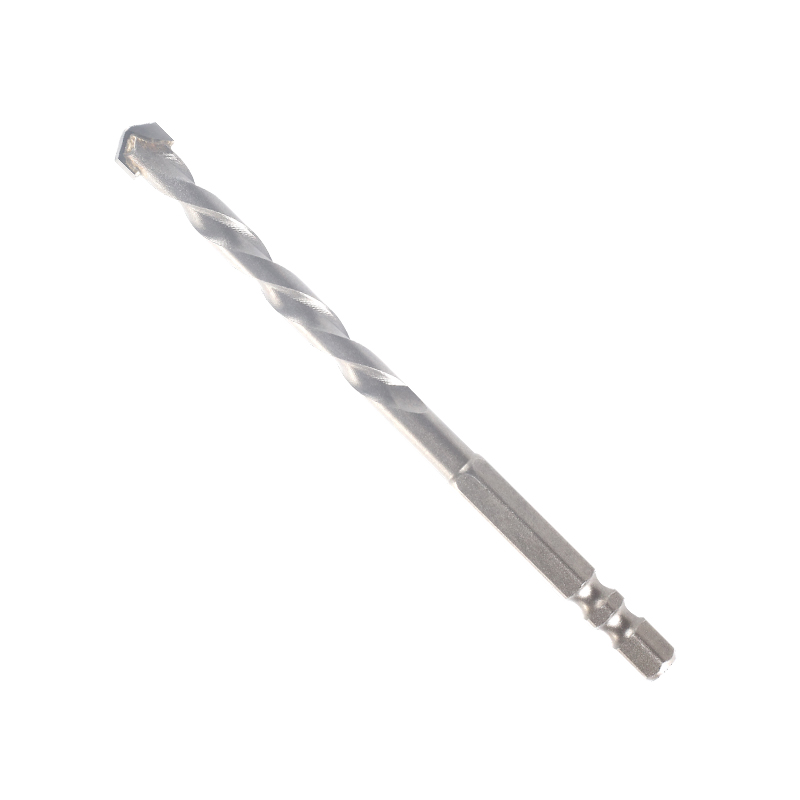2025-07-18
Chuck Design and Bit Compatibility
One of the notable distinctions between an SDS Plus Hammer Drill and a regular rotary hammer drill lies in their chuck mechanisms. An SDS Plus model utilizes a slotted drive system (SDS) that allows bits to slide into the chuck with a quick push-and-click motion, requiring no tightening. This provides a more secure grip and better energy transfer during hammering. In contrast, standard rotary hammers often rely on three-jaw or keyed chucks that require manual tightening, which can cause slippage during high-impact use. Additionally, SDS Plus bits have special grooves that lock into the chuck and are not compatible with regular hammer drills unless an adapter is used.

Impact Energy and Efficiency
The SDS Plus Hammer Drill is engineered for efficient energy transfer between the hammering mechanism and the drill bit. This results in more powerful and effective drilling, especially in dense materials like concrete or masonry. Standard rotary hammer drills may also deliver impact force, but the lack of a specialized bit retention system can reduce efficiency. The piston-driven mechanism in SDS Plus tools further enhances the hammering effect, making them more suitable for professional or heavy-duty construction environments where productivity is critical.
Ease of Use and Ergonomics
Another difference is the ease of operation. SDS Plus models typically offer tool-free bit changes, which reduce downtime and eliminate the need for additional tools during bit swaps. This feature is especially helpful on job sites where speed and convenience are important. In contrast, regular hammer drills often require the user to manually tighten the chuck, which can be time-consuming and less ergonomic. Additionally, many SDS Plus units are designed with user comfort in mind, incorporating anti-vibration features and balanced weight distribution.
Application Versatility
While both types of drills can be used on similar materials, their intended applications differ. An SDS Plus Hammer Drill is optimized for repetitive drilling in hard surfaces like concrete, brick, and stone. It excels in anchoring tasks, chipping, and light demolition work. Standard rotary hammers may perform acceptably in softer materials such as wood or light concrete, but can struggle with continuous drilling in tougher substrates. For general-purpose home use, a standard hammer drill may suffice, but professionals in construction or renovation often rely on the more robust SDS Plus system.
Durability and Tool Longevity
Because of their design and performance focus, SDS Plus tools generally offer enhanced durability. The robust chuck system reduces bit wear and slippage, while the impact mechanism is often built to handle frequent use. Regular hammer drills, especially consumer-grade models, may wear out faster under heavy loads or continuous impact. For users who demand long-lasting performance and reduced maintenance, SDS Plus tools provide better long-term value in rigorous working conditions.
Cost Considerations and Availability
Standard rotary hammer drills are usually less expensive and more widely available in basic tool kits. This makes them attractive for casual users or DIY enthusiasts. However, the added features, improved performance, and durability of SDS Plus models justify their higher price point for professional users. The SDS Plus system also benefits from a wide selection of compatible accessories, such as chisels, spade bits, and core drills, which expand its usability across multiple tasks.
Conclusion: Choosing the Right Tool for the Job
In conclusion, while a standard hammer drill may meet the needs of occasional users, an SDS Plus Hammer Drill offers significant advantages in bit retention, power delivery, ease of use, and overall durability. For professionals or anyone working regularly with masonry or concrete, the SDS Plus system provides good efficiency and reliability. Selecting between the two depends on usage frequency, material hardness, and the level of performance required for the task at hand.